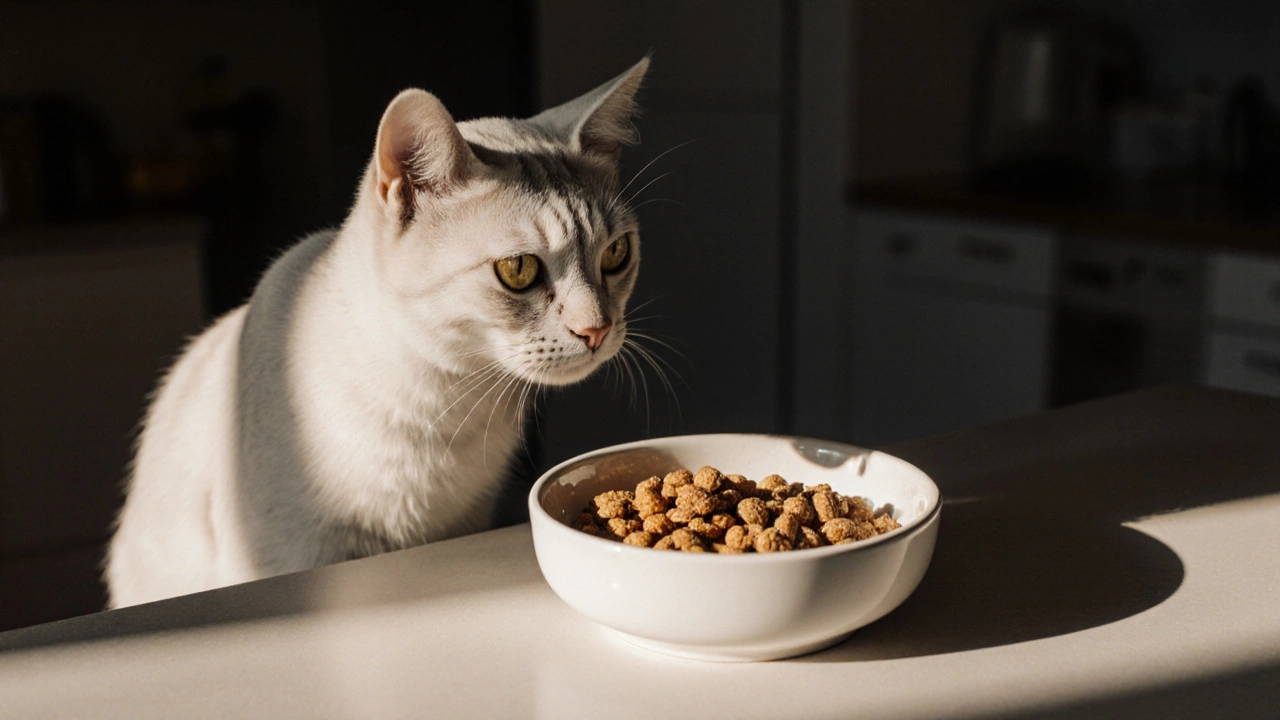Mix Wet and Dry Cat Food: Best Practices for a Balanced Feline Diet
When considering mixing wet and dry cat food, combining canned and kibble meals to give cats variety, moisture, and nutrition. Also known as wet‑dry combo feeding, it can improve palatability and support health. Cats naturally prefer a range of textures, so offering both forms keeps them interested and reduces picky eating. Wet cat food provides high moisture, easy‑to‑chew protein, and often richer flavors supplies the water cats would normally get from hunting. Meanwhile, dry cat food delivers crunchy texture, dental benefits, and convenient storage offers steady calories and helps keep teeth clean. Understanding cat nutrition the balance of protein, fat, fiber, vitamins, and minerals essential for feline health is the backbone of any feeding plan. By mixing, you can tailor each meal to hit the right nutrient targets while keeping your cat hydrated and satisfied.
Why a Wet‑Dry Combo Works
Mixing wet and dry cat food mix wet and dry cat food encompasses three core benefits: moisture intake, calorie control, and texture variety. Moisture from canned meals helps protect kidney function and urinary health, especially in indoor cats that rarely drink from a bowl. At the same time, the kibble component lets you control portions more precisely, preventing weight gain. Research shows that cats fed a balanced wet‑dry diet tend to have healthier skin and coat because they receive both essential fatty acids and adequate hydration. The combo also influences the feeding schedule how often and when you offer meals throughout the day. A typical routine might include a small wet meal in the morning, a dry bowl available midday, and another wet portion in the evening. This pattern mimics natural hunting cycles, keeps blood sugar stable, and reduces begging behavior. When planning, consider your cat’s age, activity level, and any medical conditions; kittens need more protein and fat, seniors benefit from softer textures, and overweight cats require stricter calorie limits.
Putting the theory into practice is easier than you think. Start by measuring the daily caloric requirement on the food labels, then split it 60 % dry and 40 % wet or vice‑versa depending on your cat’s preference. Mix the two in a single dish or serve them side by side—both methods work. Keep an eye on water intake; if you notice a drop, increase the wet portion or add a little water to the dry kibble. Store opened cans in the fridge and discard after 24‑48 hours to maintain freshness. Finally, observe your cat’s weight, litter box habits, and overall energy; adjust portions as needed and consult your vet for any concerns. Below you’ll find a curated list of articles that dive deeper into each aspect—from choosing the right brands to troubleshooting common feeding issues—so you can fine‑tune your cat’s diet with confidence.
Posted By Bryndle Redding On 8 Oct 2025 Comments (0)
Mixing Wet and Dry Cat Food: Benefits, Risks & How‑to Guide
Learn if you can safely mix wet and dry food for your cat, the benefits, the right ratios, and common pitfalls in this practical guide.
READ MORE